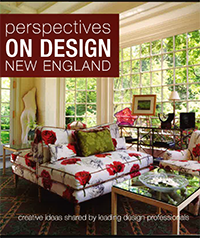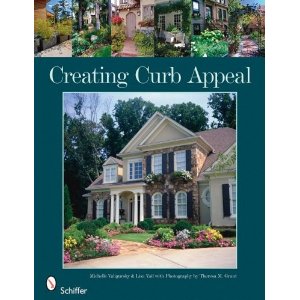Lighting Historic Buildings
It is important to keep in mind that just because a building is historic, does not mean it would benefit from external lighting. Lights can accentuate the flaws as well as the beauties of a structure. It is necessary to asses whether a building would benefit before proceeding with the project.
Would the building be a more accessible night time attraction? Could hazards be lit to make viewing safer? Will lighting disturb surrounding wildlife?
The potential impact must be assessed. Increased light levels can affect certain nocturnal animals, such as owls, that make the building their home. In some cases these animals are protected by law, requiring an environmental assessment before construction can begin.
If a building is selected, it does not mean the entire building should be lit. Rather, the idea is to emphasize the most attractive patterns and elements. These often include columns, niches, arches, windows and sculptures. Only the most compelling aspects of the design should be highlighted.
The next step is to ensure that the lighting sources are concealed. Lights must blend seamlessly into the landscape. Lights can be hidden in trees or shrubs or placed on nearby buildings.
Light spill must be accounted for. A goal of external lighting is to minimize the amount of light released into the environment and surrounding areas. This is important both in terms of efficiency and aesthetics. Similarly, it is easier and more cost efficient to light a building in a dark area with no ambient light spilling in. It will require less energy to accentuate the features using your own spotlights. Also clean buildings with reflective surfaces or lighter colors will require less energy to light.
Determining which historic buildings are suitable for external lighting is an extensive and time consuming process. However, the end result of a well-lit project can be truly breathtaking!






